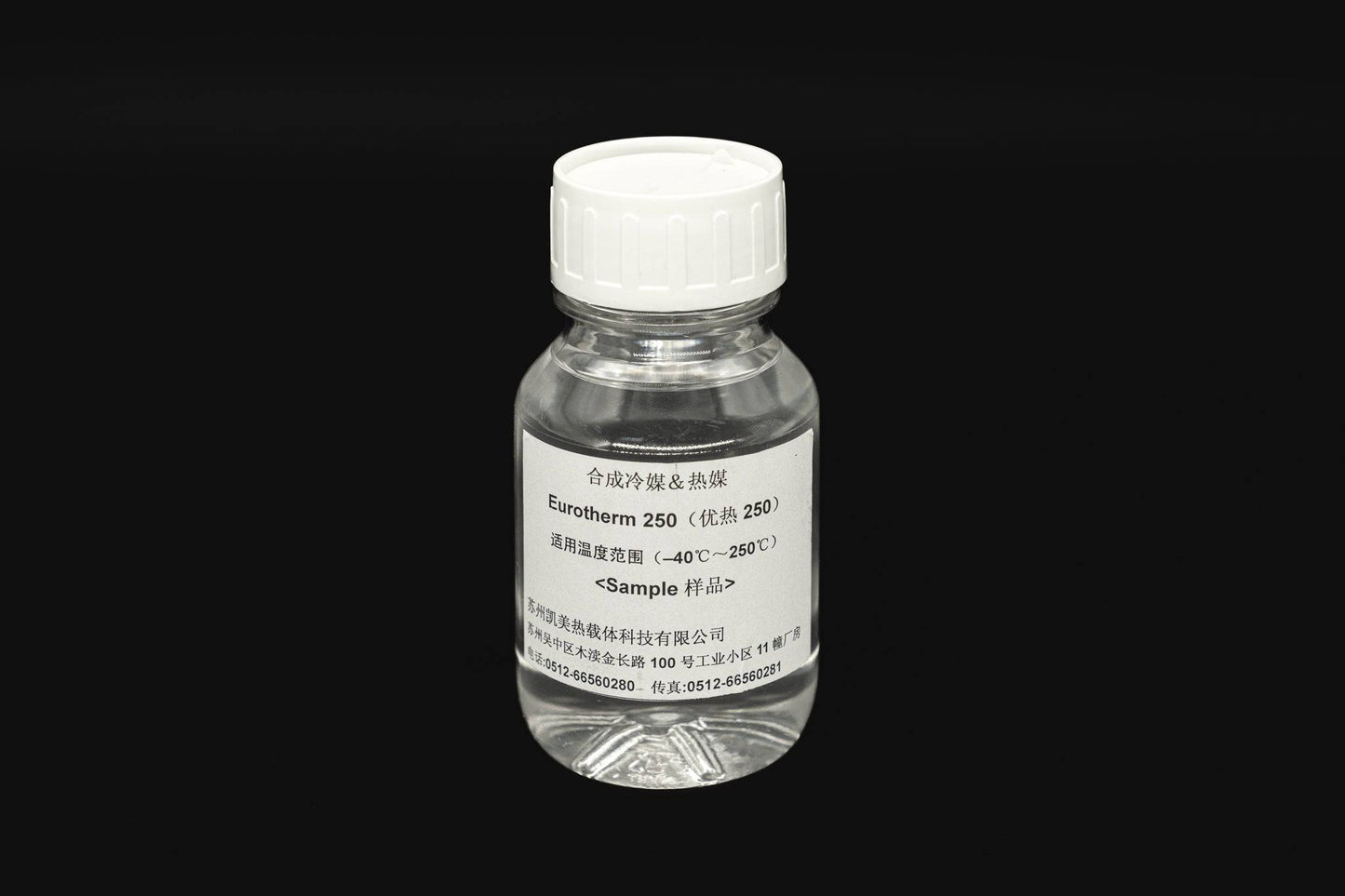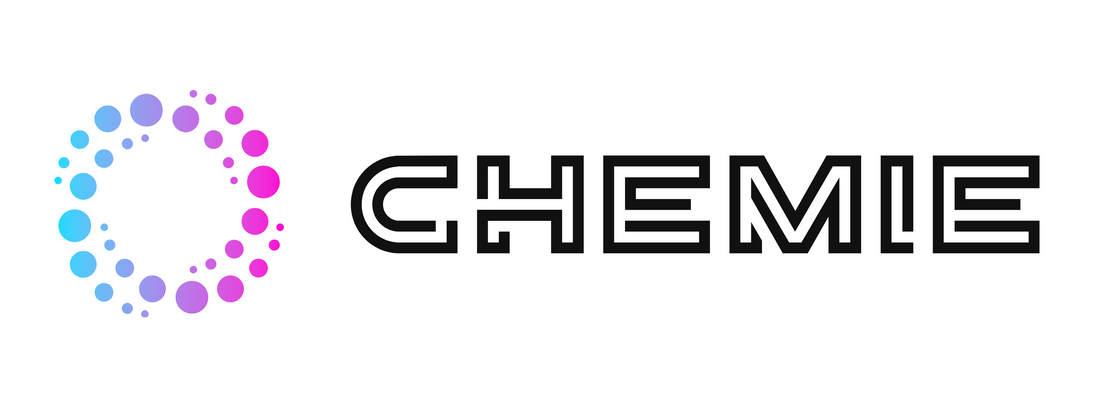All About Chemie
All About Chemie
Blog Article
The smart Trick of Chemie That Nobody is Talking About
Table of ContentsThe Best Strategy To Use For ChemieSome Known Factual Statements About Chemie Rumored Buzz on ChemieThe smart Trick of Chemie That Nobody is DiscussingThe Best Strategy To Use For ChemieChemie - The Facts
By Bojanna Shantheyanda, Sreya Dutta, Kevin Coscia and David SchiemerDynalene, Inc. Fluid air conditioning, which can be accomplished making use of indirect or direct means, is utilized in electronic devices applications having thermal power densities that may go beyond secure dissipation through air cooling. Indirect fluid cooling is where warm dissipating digital parts are literally separated from the fluid coolant, whereas in instance of direct air conditioning, the elements remain in direct contact with the coolant.Nonetheless, in indirect cooling applications the electrical conductivity can be vital if there are leakages and/or splilling of the liquids onto the electronics. In the indirect cooling applications where water based liquids with corrosion preventions are usually utilized, the electrical conductivity of the fluid coolant mostly relies on the ion focus in the fluid stream.
The increase in the ion focus in a closed loop liquid stream might take place because of ion leaching from steels and nonmetal components that the coolant fluid is in contact with. During operation, the electric conductivity of the liquid may raise to a level which can be dangerous for the cooling system.
Chemie - The Facts
(https://sitereport.netcraft.com/?url=https://chemie.co)They are grain like polymers that are capable of exchanging ions with ions in a remedy that it touches with. In the present work, ion leaching tests were performed with numerous steels and polymers in both ultrapure deionized (DI) water, i.e. water which is treated to the highest possible levels of pureness, and reduced electric conductive ethylene glycol/water combination, with the measured change in conductivity reported in time.
The samples were allowed to equilibrate at area temperature for 2 days prior to recording the first electric conductivity. In all tests reported in this research study fluid electric conductivity was measured to an accuracy of 1% utilizing an Oakton disadvantage 510/CON 6 collection meter which was calibrated prior to each dimension.
Top Guidelines Of Chemie
from the wall surface heating coils to the center of the heating system. The PTFE sample containers were placed in the furnace when consistent state temperature levels were reached. The test arrangement was eliminated from the heater every 168 hours (7 days), cooled to space temperature with the electrical conductivity of the liquid measured.
The electric conductivity of the fluid example was kept track of for an overall of 5000 hours (208 days). Schematic of the indirect shut loophole cooling experiment set up. Parts made use of in the indirect closed loop cooling experiment that are in call with the liquid coolant.

Some Known Details About Chemie
Throughout procedure the liquid storage tank temperature level was kept at 34C. The modification in liquid electrical conductivity was kept track of for 136 hours. The fluid from the system was gathered and kept. Likewise, closed loop test with ion exchange material was accomplished with the exact same cleansing treatments used. The preliminary why not look here electrical conductivity of the 230ml UP-H2O in the system determined 1.84 S/cm.

0.1 g of Dowex material was contributed to 100g of liquid examples that was absorbed a different container. The blend was stirred and alter in the electrical conductivity at area temperature level was gauged every hour. The gauged modification in the electrical conductivity of the UP-H2O and EG-LC examination fluids having polymer or metal when engaged for 5,000 hours at 80C is revealed Figure 3.
The 10-Minute Rule for Chemie
Ion seeping experiment: Calculated adjustment in electrical conductivity of water and EG-LC coolants having either polymer or steel samples when immersed for 5,000 hours at 80C. The results suggest that steels added fewer ions right into the liquids than plastics in both UP-H2O and EG-LC based coolants.
Liquids including polypropylene and HDPE exhibited the most affordable electric conductivity adjustments. This might be because of the brief, inflexible, direct chains which are less likely to add ions than longer branched chains with weak intermolecular forces. Silicone also performed well in both examination liquids, as polysiloxanes are normally chemically inert due to the high bond power of the silicon-oxygen bond which would avoid destruction of the material into the liquid.
The Only Guide for Chemie
It would certainly be expected that PVC would create comparable results to those of PTFE and HDPE based upon the comparable chemical structures of the materials, nonetheless there might be other pollutants existing in the PVC, such as plasticizers, that may influence the electric conductivity of the fluid - immersion cooling liquid. Additionally, chloride teams in PVC can likewise seep into the examination liquid and can cause a boost in electrical conductivity
Buna-N rubber and polyurethane revealed indicators of deterioration and thermal disintegration which suggests that their feasible energy as a gasket or glue material at higher temperatures might lead to application problems. Polyurethane completely degenerated right into the test liquid by the end of 5000 hour examination. Figure 4. Prior to and after photos of metal and polymer examples submersed for 5,000 hours at 80C in the ion seeping experiment.
Calculated modification in the electric conductivity of UP-H2O coolant as a feature of time with and without material cartridge in the closed indirect cooling loophole experiment. The gauged adjustment in electric conductivity of the UP-H2O for 136 hours with and without ion exchange resin in the loop is received Number 5.
Report this page